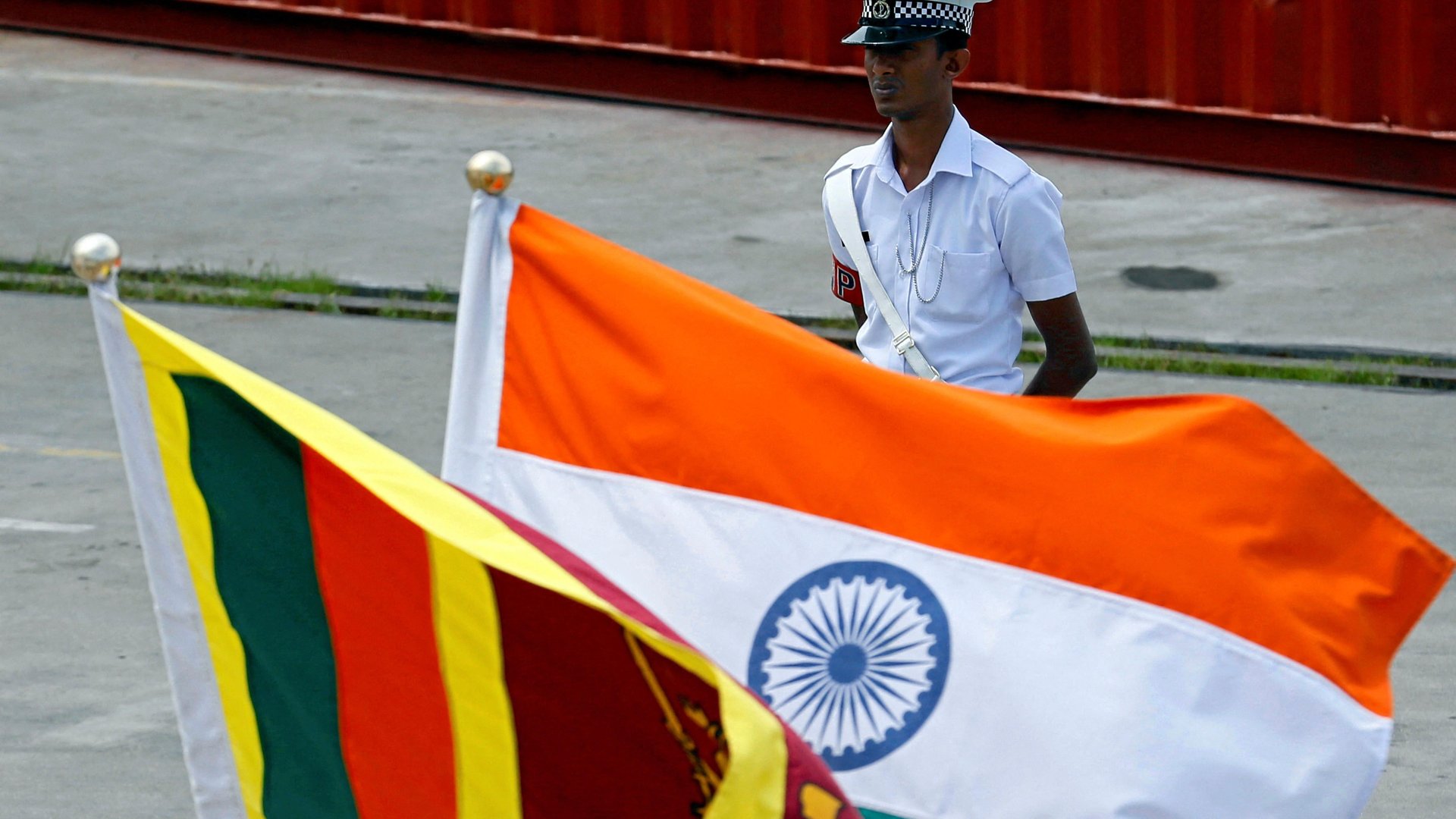After receiving $4.5 billion Indian aid, crisis-hit Sri Lanka to host a Chinese spy ship
Yuan Wang 5 will arrive at Hambantota port, which is built with Chinese funds and owned by a Chinese firm.

India is warily tracking a Chinese spy ship headed for a Sri Lankan port amid the island nation’s economic crisis.
Research and survey ship Yuan Wang 5 is scheduled to arrive at the Hambantota port on Aug. 11 and will remain docked there till Aug. 17. It is one of China’s seven vessels known to be heavily involved in tracking satellite, rocket, and intercontinental ballistic missile launches.
What may rile New Delhi is Sri Lanka’s decision to host it after having received massive economic and material aid from India to keep its economy afloat.
“Sri Lanka, which is facing an economic crisis, got support from India worth more than $4.5 billion this year alone. Despite the help extended, the Sri Lankan government chose to confirm the development only when Indian officials took note,” a News18 report said.
Why India is worried?
Yuan Wang 5 first came to the notice of Indian officials last month.
In July, a foreign ministry spokesperson said India was carefully monitoring any development having a bearing on its “security and economic interests.”
“According to a US department of defence report, these space support ships are operated by the PLA’s Strategic Support Force (SSF), which is ‘a theater command-level organisation established to centralise the PLA’s strategic space, cyber, electronic, information, communications, and psychological warfare missions and capabilities’,” The Indian Express has reported.
India has verbally lodged a complaint with Colombo. After denying it initially, Sri Lanka admitted it would be hosting the vessel “mainly for replenishment, including fuel.”
The Hambantota port’s significance
The Hambantota deep-water port’s location in India’s historic maritime region of influence is what makes China’s presence there noteworthy.
Earlier known as the Magampura Mahinda Rajapaksa Port, it is located in ousted president Mahinda Rajapaksa’s native town. Its construction was funded by China with a $1.3 billion loan, though the facility later turned out to be commercially unviable.
In 2017, after defaulting on its debt, Sri Lanka handed over commercial activities at the port to a Chinese state-owned firm on a 99-year lease. Increased Chinese presence there, especially with its technical facilities, is perceived to be a threat to India’s strategic installations, including nuclear and defence-related ones.
In any case, this isn’t the first time Columbo is caught up in the tensions between India and China. In 2014, it faced a similar situation when it allowed the nuclear-powered submarine Changzheng 2 to dock at its port.
